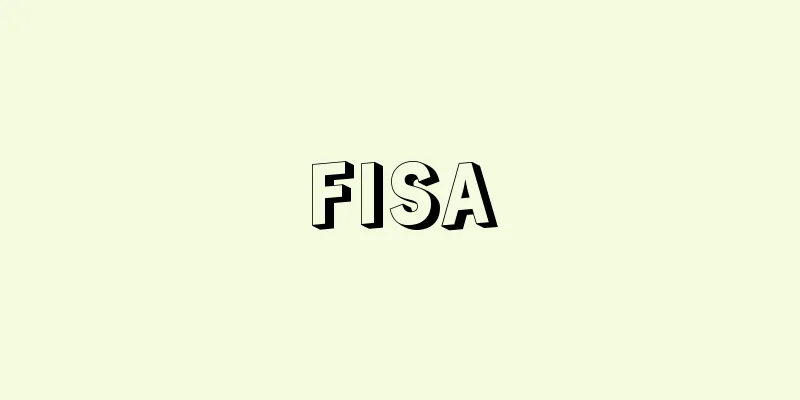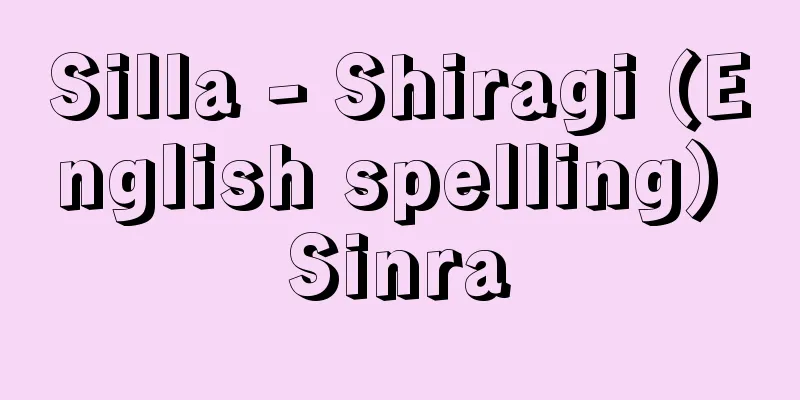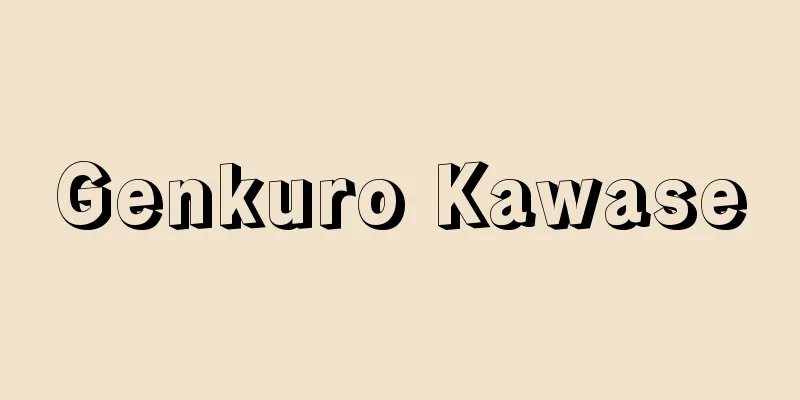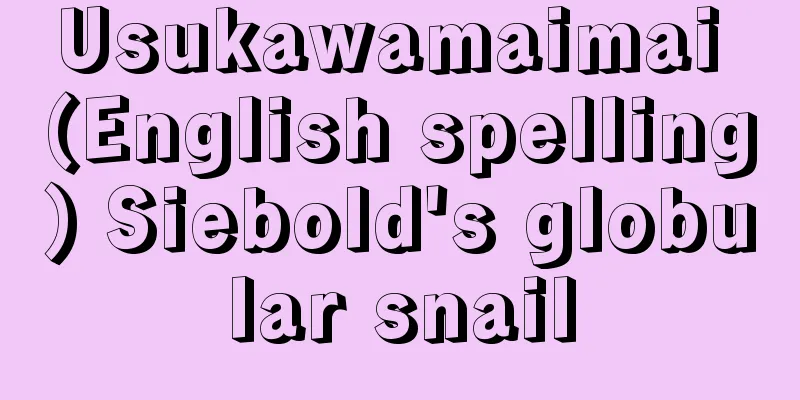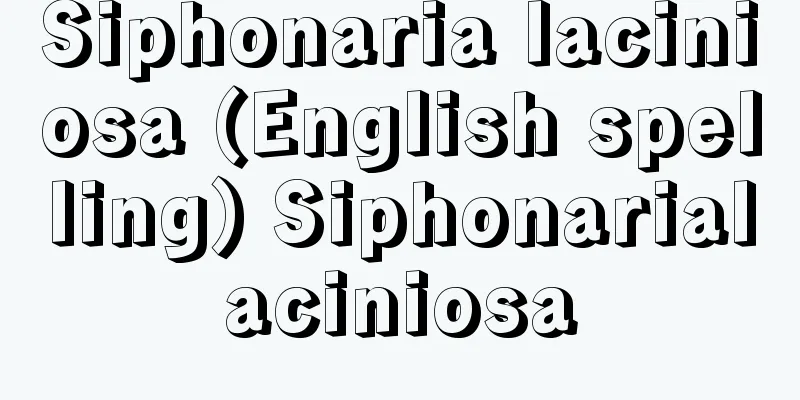Inflected words - Kussetsugo

|
A structural type of language. A language in which suffixes representing various grammatical categories are added to the stem of a word to indicate the grammatical relationship between words in a sentence. In languages such as Japanese, in which various particles are added to indicate the relationship between words in a sentence, the particles are also similar to this type of suffix, but in inflected languages, the stem and the suffix are tightly fused, and the suffix is usually considered to be an inflected suffix of the word. This type is typically seen in Indo-European languages such as Sanskrit and Latin in classical languages, and Russian and German in modern languages, and in fact, in Indo-European languages, the inflected suffixes are thought to have originally been particles attached to the main word. However, the biggest difference between inflected suffixes and particles is that in the former, various grammatical categories coexist and function as suffixes for the word in question, while in the latter, a different particle is usually required for each grammatical category. For example, in Russian "uncles" is djadja, with djad- as the stem and -ja as the suffix, which indicates that the word is (1) a feminine noun, (2) plural, and (3) nominative. In Japanese, the two particles "tachi" and "ga" are needed to indicate the plural and nominative cases, and "uncles" is not the strict plural of "oji" (it can mean both uncles and the uncle and his family). [Mantaro Hashimoto] "The Structure of Language" by Hisanosuke Izumi (1967, Kinokuniya Shoten)" ▽ "Introduction to Linguistics: Language and Symbolic Systems" by Y.R. Chao, translated by Mantaro Hashimoto (1980, Iwanami Shoten)" ▽ "Comparative Linguistics" by Harushige Takatsu (1950, Iwanami Shoten)" Source: Shogakukan Encyclopedia Nipponica About Encyclopedia Nipponica Information | Legend |
|
言語の構造類型の一つ。文中における単語間の文法的な関係を示すために、単語の語幹に各種の文法範疇(はんちゅう)を表す語尾をつける言語。日本語のように、単語の文中における関係を示すために、各種の助詞をつける言語のその助詞も、この種の語尾によく似ているが、屈折語においては、語幹と語尾が固く融合していて、語尾は通常、単語の変化語尾とみなされる。古典語ではサンスクリットやラテン語、現代語ではロシア語やドイツ語のような、インド・ヨーロッパ語に典型的にみられる類型であるが、事実、インド・ヨーロッパ語においても、その屈折語尾は、もとは助詞が主要単語に付着したものであったと考えられている。しかし、屈折語尾と助詞との間の最大の違いは、前者に各種の文法範疇が共存していて、問題の単語の語尾として機能しているのに対して、後者の場合には、通常一つ一つの文法範疇に異なった助詞を要することが多い。たとえば、ロシア語で「叔父さんたちが」はdjadjaで、djad- が語幹、-jaが語尾であるが、この-jaは、この単語が(1)女性変化の名詞で、(2)複数であり、(3)主格であることを示している。日本語では、複数で、主格であることを示すためには、「たち」と「が」という二つの助詞を要し、しかも「叔父さんたち」は「叔父さん」の厳密な複数ではない(複数の叔父と同時に、叔父とその家族をも意味する)のである。 [橋本萬太郎] 『泉井久之助著『言語の構造』(1967・紀伊國屋書店)』▽『Y・R・チャオ著、橋本萬太郎訳『言語学入門――言語と記号システム』(1980・岩波書店)』▽『高津春繁著『比較言語学』(1950・岩波書店)』 出典 小学館 日本大百科全書(ニッポニカ)日本大百科全書(ニッポニカ)について 情報 | 凡例 |
>>: Refractometer - Refractometer
Recommend
Blockage of passage
Blockade is a type of coastal defense that uses mi...
Breathing bamboo - Ikkidake
...It is a bamboo tube about 2 shaku long with a ...
Government Public Relations - Gyosei Kouhou
Public relations is a communication activity that ...
Scent brushes
…They fly slowly. In addition to having scent sca...
Enjoji Temple
An abandoned temple in Ukyo Ward, Kyoto City. It ...
Backside - Uraami
〘 noun 〙 One of the basic knitting methods. It pro...
Gaberones
…the capital of the Republic of Botswana in south...
Barānī (English spelling)
…They are also known as the Black Sheep Dynasty. ...
Once - Once
A monk from the Kamakura period. Founder of the J...
Commelinaceae
...This species has the habit of forming closed f...
Yamada Mimyo
Year of death: October 24, 1910 (Meiji 43) Year of...
Field Ordinance - Denryo
(1) One of the sections of the Code. In the "...
Harper's Bazaar
…Published by Yutaka Arase. … *Some of the termin...
Oumitsu Shrine
...For this reason, Kinkasan was considered the g...
Authorized Foreign Exchange Bank (gaikoku kawase kouningin ko)
A bank that engages in foreign exchange transactio...

